The summer solstice marks the longest day of the year and is celebrated around the world.
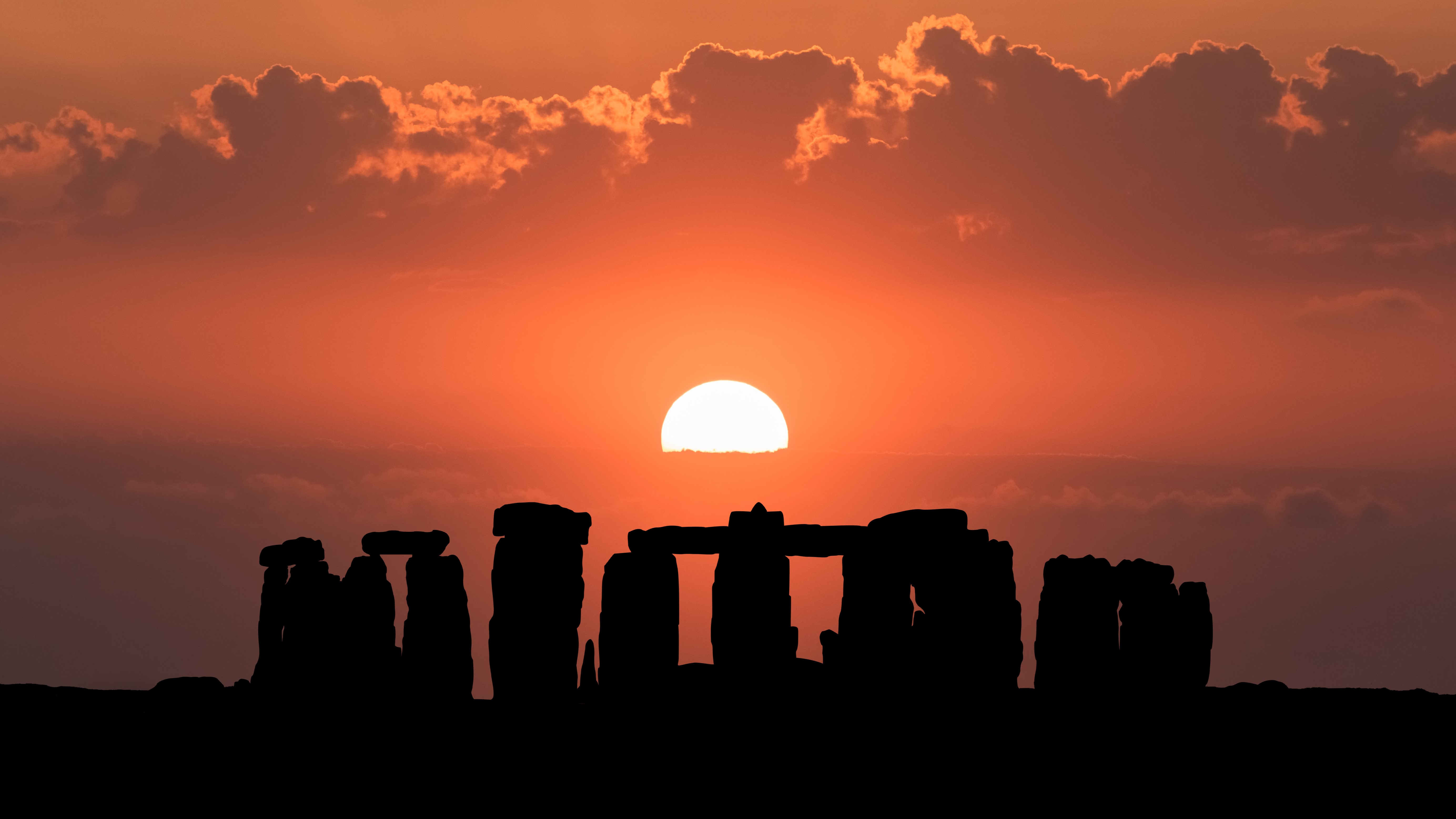
Summer solstice marks the start of astronomical summer and is celebrated around the world. (Image credit: Anton Petrus via Getty Images)
When is the summer solstice?
The summer solstice marks the official start of astronomical summer and the longest day of the year.
It occurs when one of Earth’s poles is tilted toward the sun at its most extreme angle, and due to Earth’s tilt, this happens twice a year. In the Northern Hemisphere, the summer solstice falls in June (while the Southern Hemisphere experiences the winter solstice), and in the Southern Hemisphere, it falls in December (while the Northern Hemisphere experiences the winter solstice).
The summer solstice and subsequent longest day of the year are celebrated by many cultures around the world with numerous traditions, holidays and festivals. From sunrise gatherings to midsummer festivals, summer solstice celebrations certainly blow the winter cobwebs away.
What is the summer solstice?
How many hours of daylight do we get on the summer solstice?
Is summer solstice the first day of summer?
What causes the summer solstice?
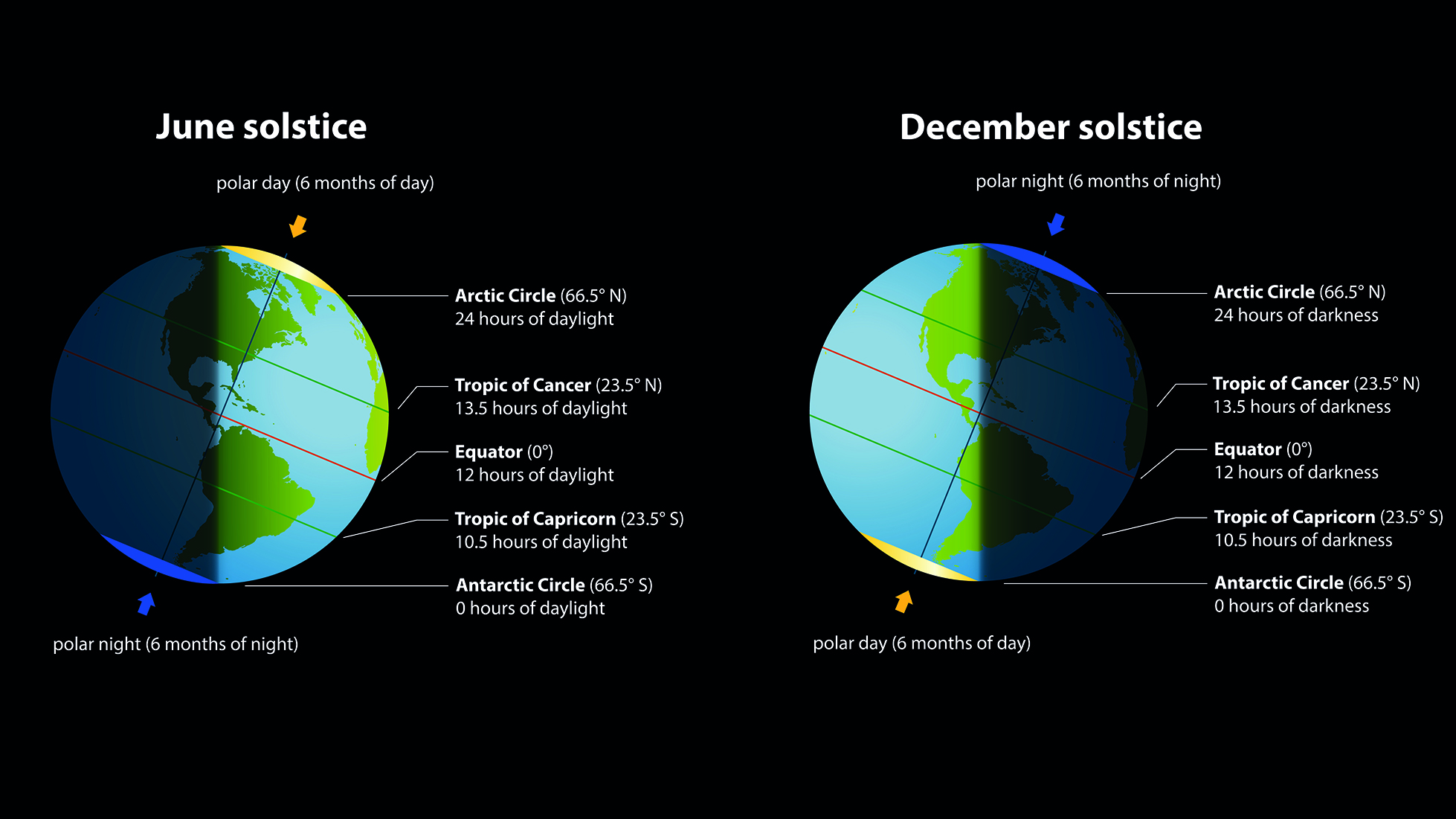
We have Earth‘s tilt to thank for the seasons, and without it both hemispheres would receive equal light throughout the year.
As Earth orbits the sun, the axis of rotation of Earth is slightly tilted at 23.44°.1 according to the Royal Museums Greenwich. This means that as Earth orbits the sun, the Northern Hemisphere is tilted towards the sun during one half of the year. During the other half of the year, the Southern Hemisphere tilts towards it.
When the Northern or Southern Hemisphere is most tilted towards the sun, it experiences the summer solstice; when it is most tilted away, it experiences the winter solstice.
The solstices also do not land on the same calendar day every year because the astronomical year is 365.25 days long. As such, the summer solstice for the Northern Hemisphere — also known as the June solstice — currently shifts between June 20, 21 and 22. The summer solstice does, however, occur at the same time for every country independently of which side of Earth is facing the sun. This means the exact moment of summer solstice can occur in the middle of the night for some people and the middle of the day for others.
What is the meaning of solstice?
The word solstice is derived from the Latin word solstitium which translates to “sun stands still.” This is due to the apparent movement of the sun to the north or south stops before changing direction, according to Dictionary.com.
While the sun always rises in the east and sets in the west, it appears higher or lower in the sky throughout the year, depending on the season. Around the solstices, the sun reaches its apparent highest and lowest point in the sky. These correspond to midsummer and midwinter respectively, which are the turning points in the sun’s journey.
Once the sun reaches its zenith at the summer solstice, it will begin its journey toward the horizon, culminating in the winter solstice at its lowest point. In the weeks before these solstice turning points, the sun appears to move very little, earning it the name “sun standstill.”
If you were to map the sun’s midday position every day for a year, it would make a lopsided figure eight, called an analemma. The point at which the curves of the figure eight intersect is the equinox, which is when day and night are roughly equal in length.

Summer solstice celebrations
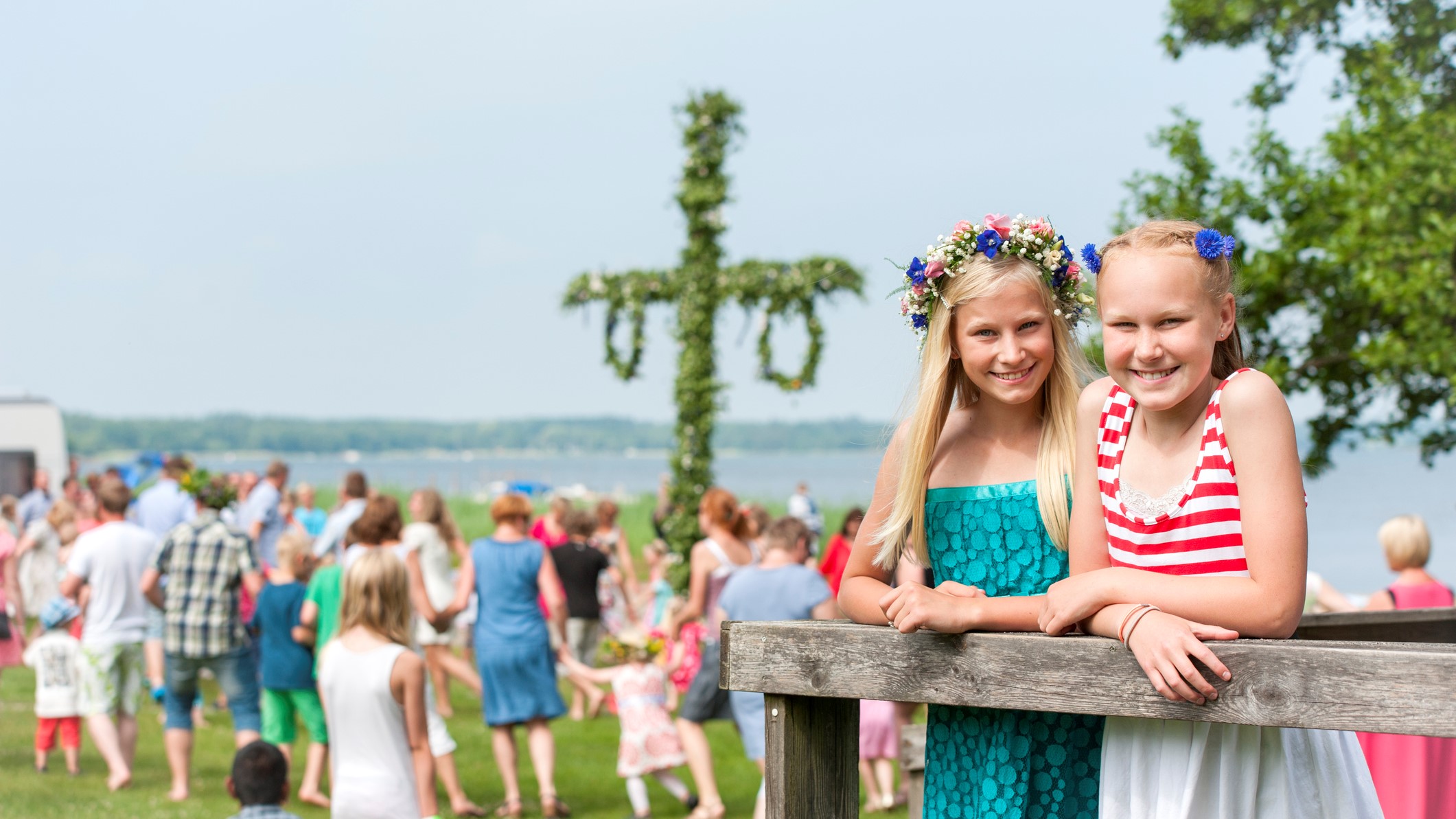
Humans have been observing the sun’s position in the sky for thousands of years, and monuments such as Stonehenge in England, Karnak in Egypt, and Chankillo in Peru stand as a testament to our fascination with our nearest star. Solstices have also influenced many traditions and celebrations around the world.
At Stonehenge in the U.K., the sun rises behind the ancient entrance to a stone circle and “the sunlight is channeled into the center of the monument,” the BBC reported. Researchers believe that solstices have been celebrated at Stonehenge for thousands of years. The stone circle is particularly important to pagans and druids.

According to some ancient Greek calendars, the summer solstice heralded the beginning of the new year and marked the one-month countdown to the start of the Olympic Games, according to St Neots Museum in the U.K.
In Sweden, midsummer celebrations rooted in paganism are the highlight of the year for many. The weekend surrounding the solstice is filled with food, drink and plenty of singing, according to Lonely Planet. Flower-wreath-wearing revelers take part in maypole and folk dances such as the traditional “Små grodorna”.
In the U.S., some Native American tribes living in the plains and The Rocky Mountains perform a Sun Dance to celebrate the summer solstice. In Fairbanks, Alaska, a baseball game known as the “Midnight Sun Game” traditionally starts at 10:30 p.m and takes a brief pause close to midnight for everyone to sing the Alaska Flag Song.
In the Wiccan religion, people celebrate Yule at the winter solstice to herald the return of the sun and warmer months.
Additional resources
Explore the difference between the equinox and solstice with the UK Met Office. Learn how to make your own solstice and equinox “suntrack” season model with NASA and the Stanford Solar Center. Discover 11 interesting June solstice facts with Time and Date.
Bibliography
Bland, A. (2012, December 20). The best places to see and celebrate the Winter Solstice. Smithsonian Magazine. Retrieved September 26, 2022, from https://www.smithsonianmag.com/travel/the-best-places-to-see-and-celebrate-the-winter-solstice-169694017/
Chankillo Archaeoastronomical Complex. World Monuments Fund. (2021, July 1). Retrieved September 26, 2022, from https://www.wmf.org/project/chankillo-archaeoastronomical-complex
Midnight Sun Game. Alaska Goldpanners of Fairbanks – Pointstreak Sites. Retrieved September 26, 2022, from http://goldpanners.pointstreaksites.com/view/goldpanners/june-21-2023-midnight-sun-game-tickets-go-on-sale-in-november-2022-stay-tuned
National Institutes of Health. Cheyenne Indians at a sun dance, by Edward S. Curtis, circa 1910. U.S. National Library of Medicine. Retrieved September 26, 2022, from https://www.nlm.nih.gov/nativevoices/exhibition/healing-ways/medicine-ways/key-role-of-ceremony/images/ob1410.html
Why do we celebrate the summer solstice? St Neots Museum. Retrieved September 26, 2022, from https://www.stneotsmuseum.org.uk/articles/why-do-we-celebrate-the-summer-solstice/
Salisbury, V. (2020, June 18). Top 8 summer solstice celebrations from around the World – Lonely Planet. Lonely Planet. Retrieved September 26, 2022, from https://www.lonelyplanet.com/articles/summer-solstice-celebrations
Sunrise and Sunset Times today: The old farmer’s almanac. Almanac.com. Retrieved September 26, 2022, from https://www.almanac.com/astronomy/sun-rise-and-set
When is the summer solstice? Royal Museums Greenwich. Retrieved September 26, 2022, from https://www.rmg.co.uk/stories/topics/summer-solstice
Editor’s note: This story was updated on May 6, 2025, to fix a typo with the time of the summer solstice for the Northern Hemisphere; 1:42 p.m. should have read 10:42 p.m.
Credit: .space.com/summer-solstice-when-what


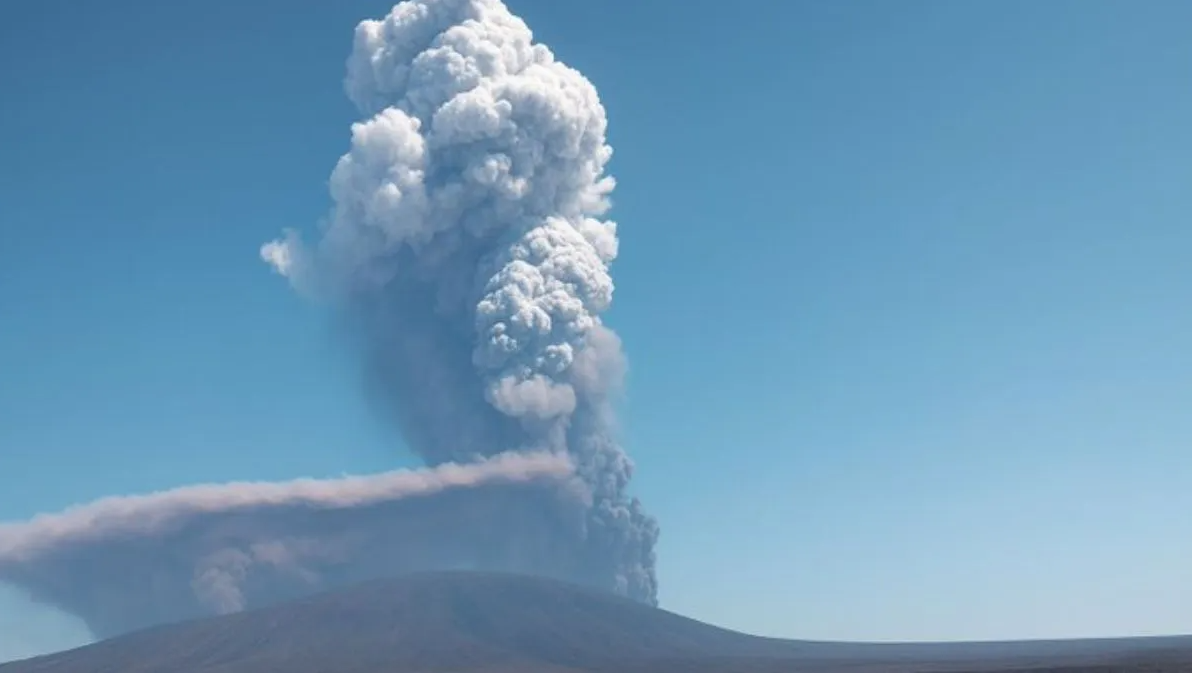
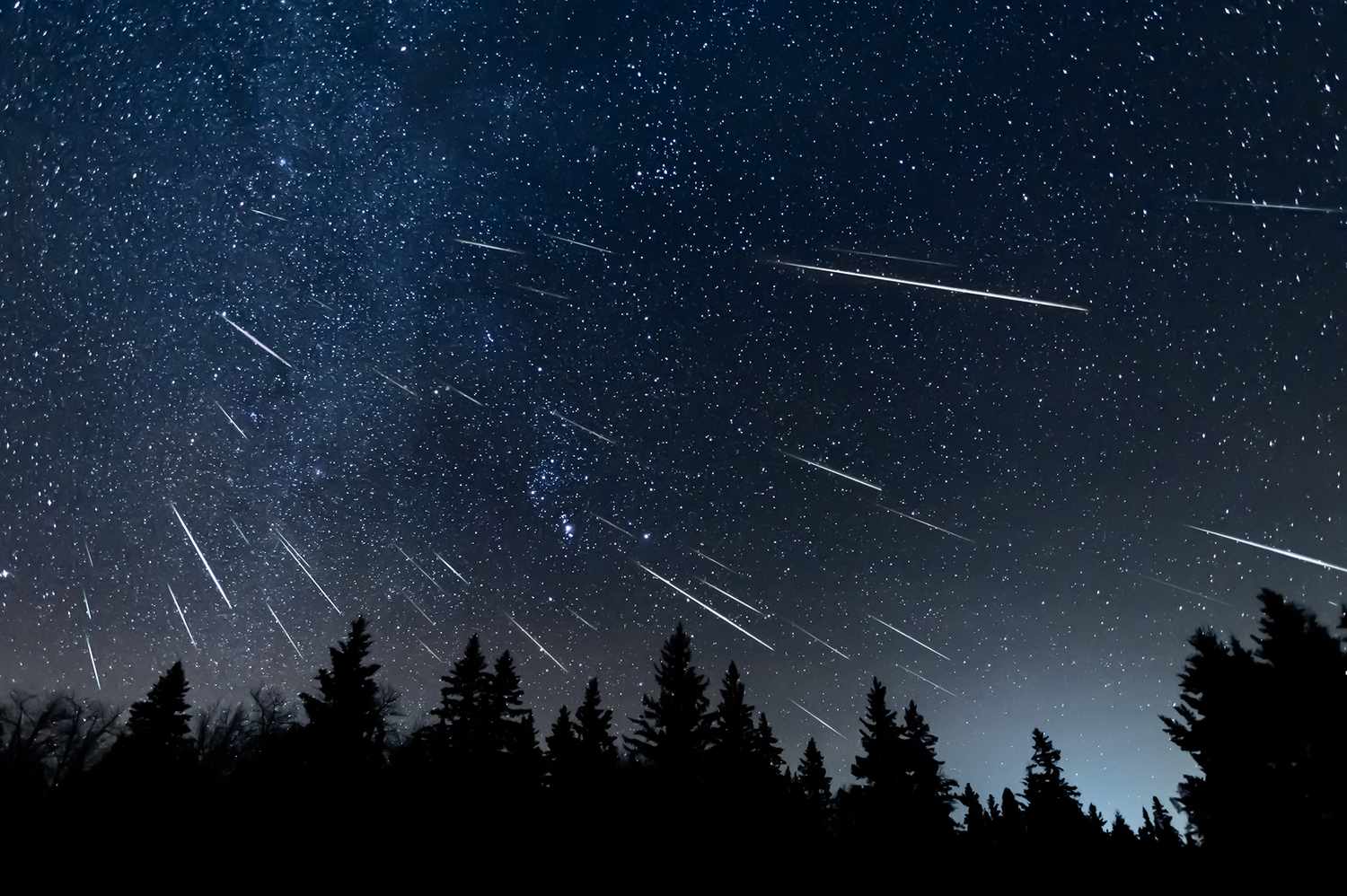
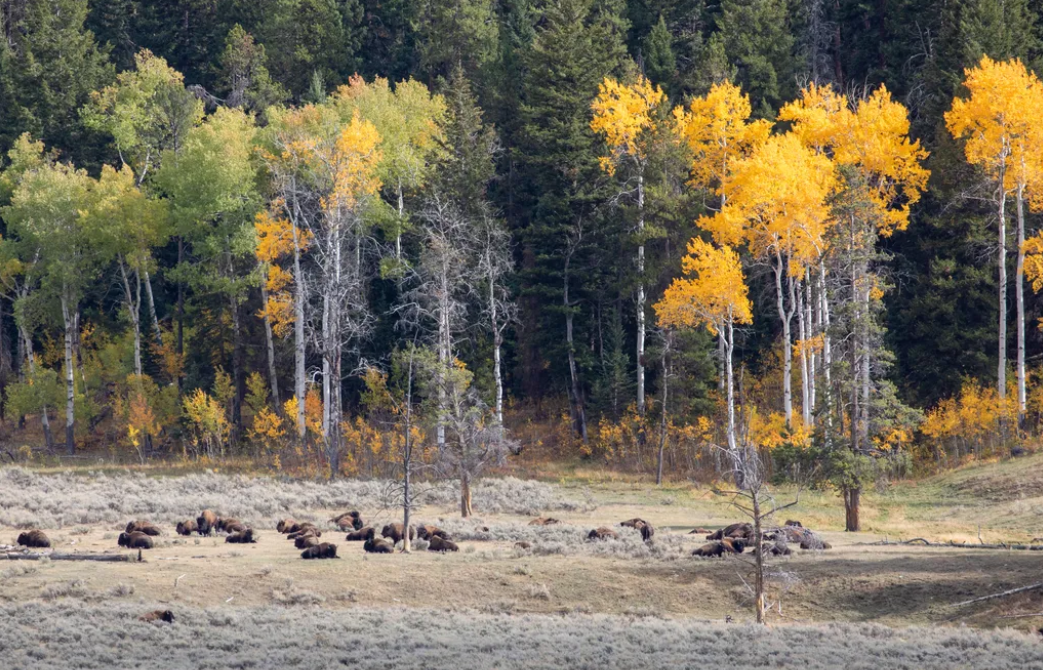
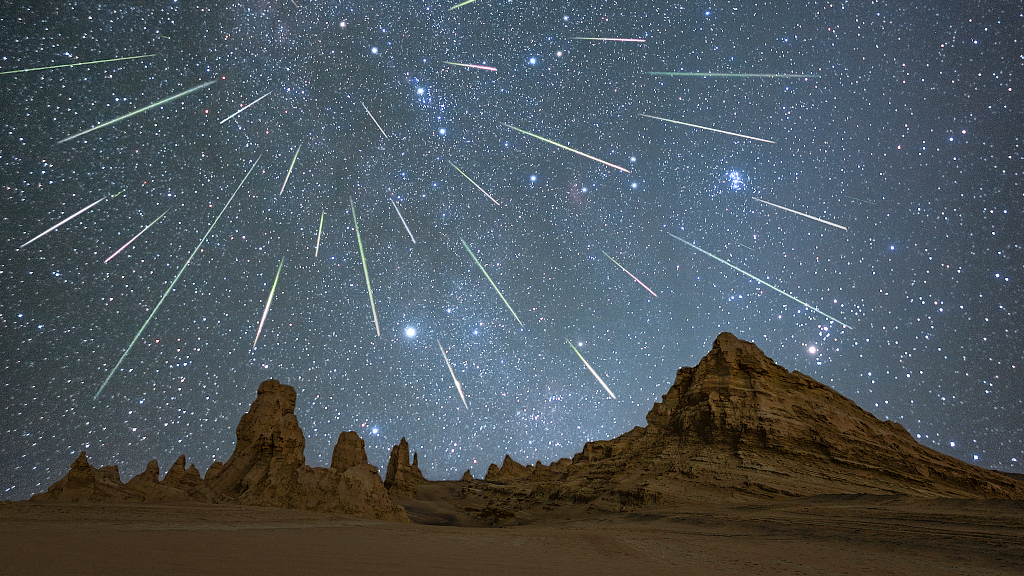
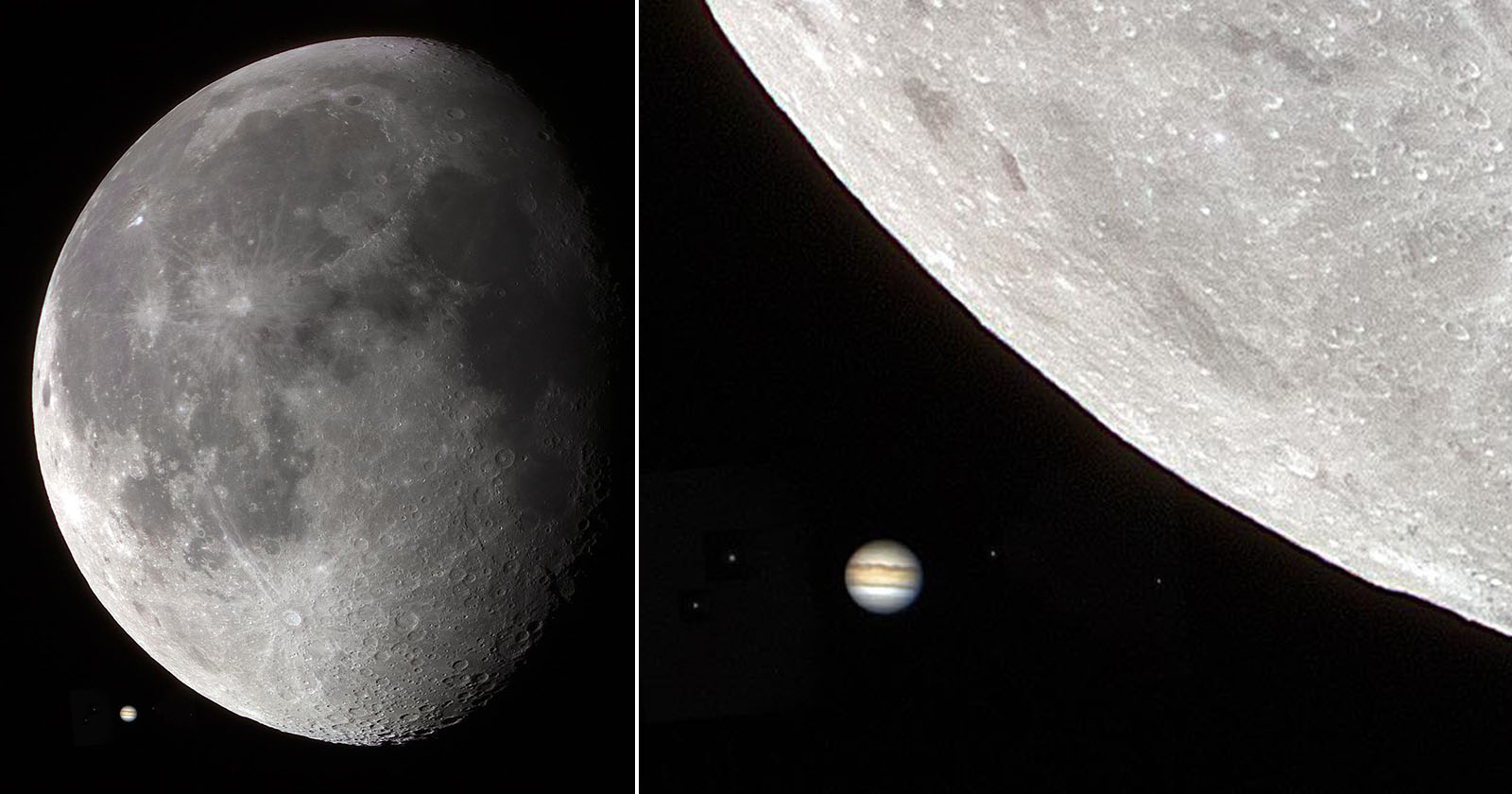
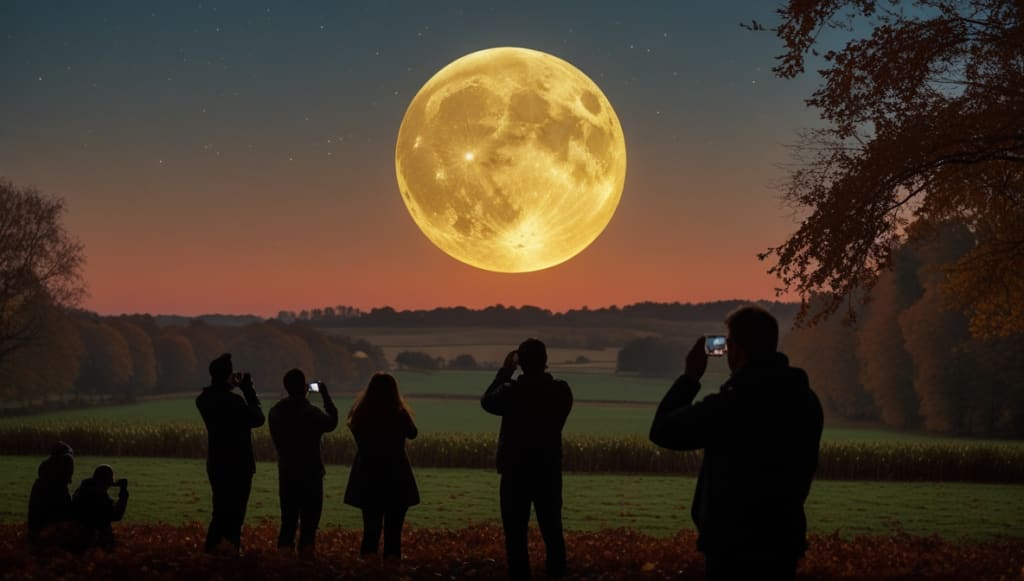
 Photographer Finds Locations Of 1960s Postcards To See How They Look Today, And The Difference Is Unbelievable
Photographer Finds Locations Of 1960s Postcards To See How They Look Today, And The Difference Is Unbelievable  Hij zet 3 IKEA kastjes tegen elkaar aan en maakt dit voor zijn vrouw…Wat een gaaf resultaat!!
Hij zet 3 IKEA kastjes tegen elkaar aan en maakt dit voor zijn vrouw…Wat een gaaf resultaat!! 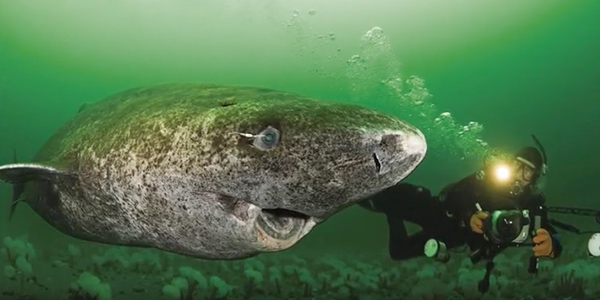 Scientists Discover 512-Year-Old Shark, Which Would Be The Oldest Living Vertebrate On The Planet
Scientists Discover 512-Year-Old Shark, Which Would Be The Oldest Living Vertebrate On The Planet  Hus til salg er kun 22 kvadratmeter – men vent til du ser det indvendigt
Hus til salg er kun 22 kvadratmeter – men vent til du ser det indvendigt  Superknepet – så blir snuskiga ugnsformen som ny igen!
Superknepet – så blir snuskiga ugnsformen som ny igen!  Meteorite That Recently Fell in Somalia Turns Out to Contain Two Minerals Never Before Seen on Earth
Meteorite That Recently Fell in Somalia Turns Out to Contain Two Minerals Never Before Seen on Earth  Nearly Frozen Waves Captured On Camera By Nantucket Photographer
Nearly Frozen Waves Captured On Camera By Nantucket Photographer 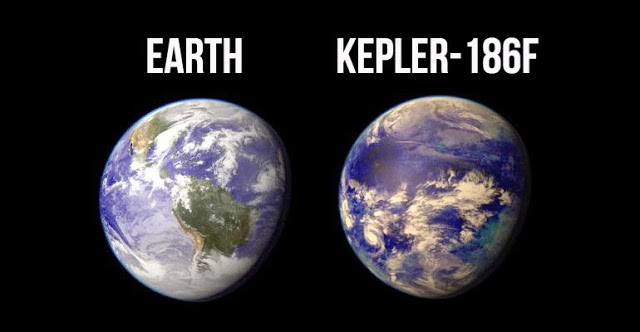 It’s Official: Astronomers Have Discovered another Earth
It’s Official: Astronomers Have Discovered another Earth 